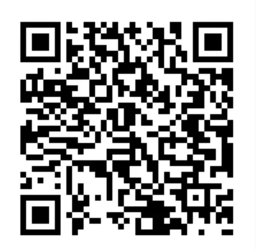
Middle Persian documents written in the difficult-to-read Pahlavi cursive have survived only in very limited numbers worldwide. Apart from the collection at the Bancroft Library at Berkeley and smaller collections in various institutions, the most important and largest group of Pahlavi cursive documents is housed at the Papyrus Collection of the Austrian National Library in Vienna. They originate from Egypt and date from the narrow time window of 619–629 CE, when the land on the Nile temporarily came under Sasanian rule. These documents are particularly important since they constitute one of the earliest groups of Pahlavi cursive documents found so far. They are an exceptional remnant of the complex Sasanian bureaucracy and represent a period when the empire was at its political and military peak.
The Austrian National Library houses nearly 600 Pahlavi papyri and parchments from this outstanding archival context, which comprises only little more than 1000 documents worldwide. These important texts have not received much attention by modern scholarship due to its Eurocentric focus and the rare expertise in Middle Persian language. As a result, less than five percent of the Pahlavi documents have been published. It is clear that important new insights into Sasanian rule in Egypt and the internal structures of the Sasanian Empire can be expected from these papyri. It is equally clear that this evidence will provide an extremely important corrective to the one-sided information on the Sasanian conquest provided by Greek and Coptic texts. The Pahlavi papyri truly have the potential to put our view of Sasanian rule over Egypt (and beyond) on a completely new footing. Also from a linguistic point of view, these texts offer many exciting aspects.
Due to the generous support by the Porkar Privatstiftung and the Center for Persian Studies at the University of California, Irvine represented by Touraj Daryaee, we are able to launch a three-year project that aims to make the papyri available in an online database with digital images and to edit a substantial number of them. Given the very small number of documents published to date, pioneering work is needed that will shape future studies of the Pahlavi papyri. Therefore, we want to bring together the leading specialists in Pahlavi studies and related fields of papyrology for a workshop in Vienna, in order to base the practical implementation of the project on their combined expertise and thus pave the way for redefining the field of research.
The format of the workshop is primarily intended to facilitate scholarly exchange and discussion. The invited speakers will give a 25-minute presentation on the topic from the perspective of their respective research fields, followed by 20 minutes of discussion.
Begin: Wednesday, Sept. 25, 2024, at 2:00 p.m.
End: Friday, Sept. 27, 2024, at 4:00 p.m.
Please register online: https://calendar.online/event_registration
